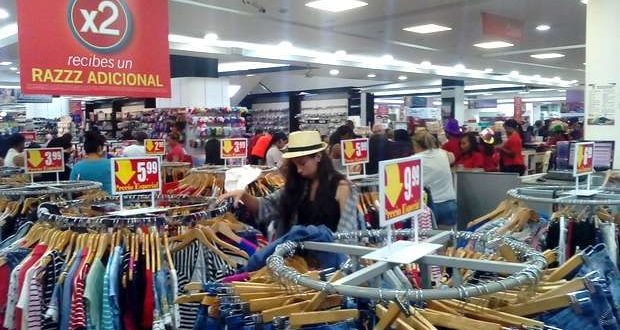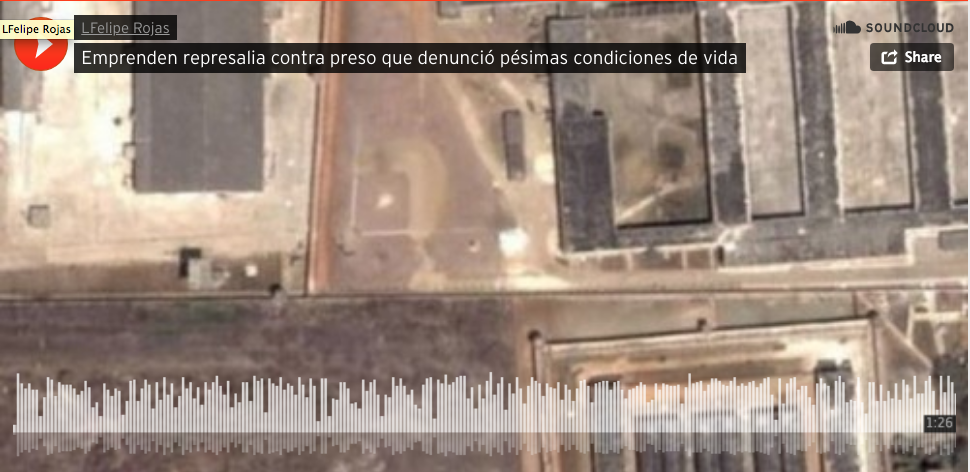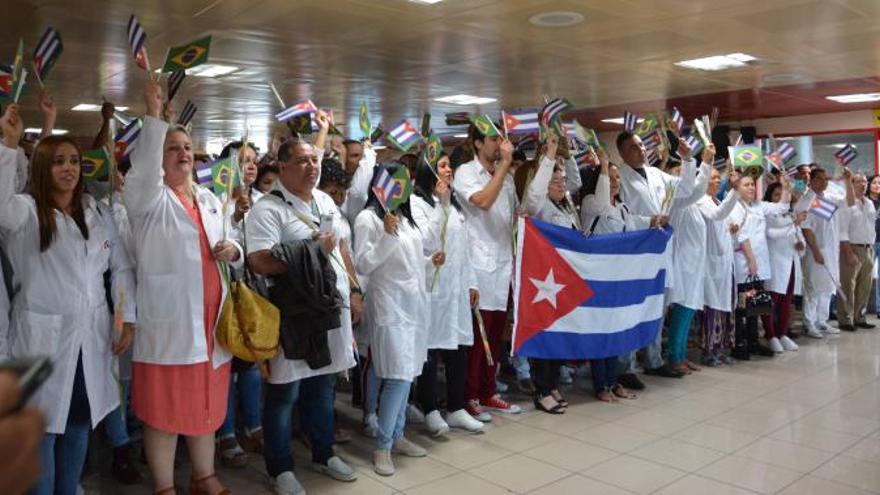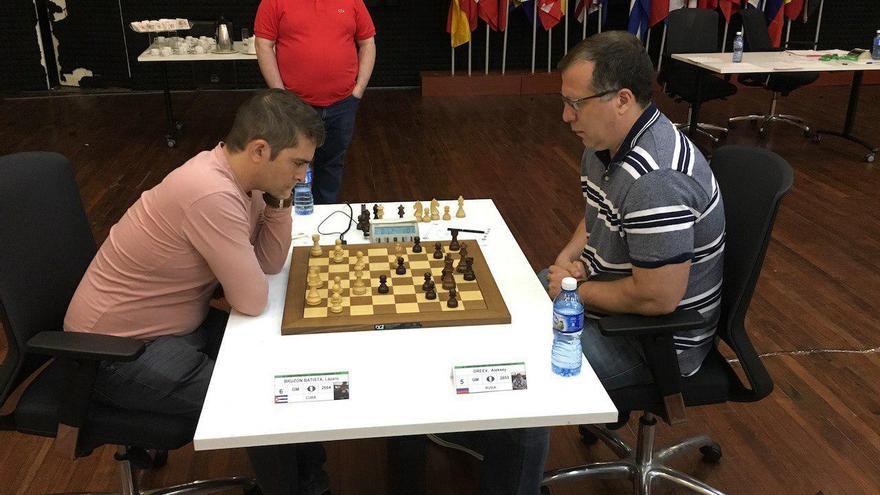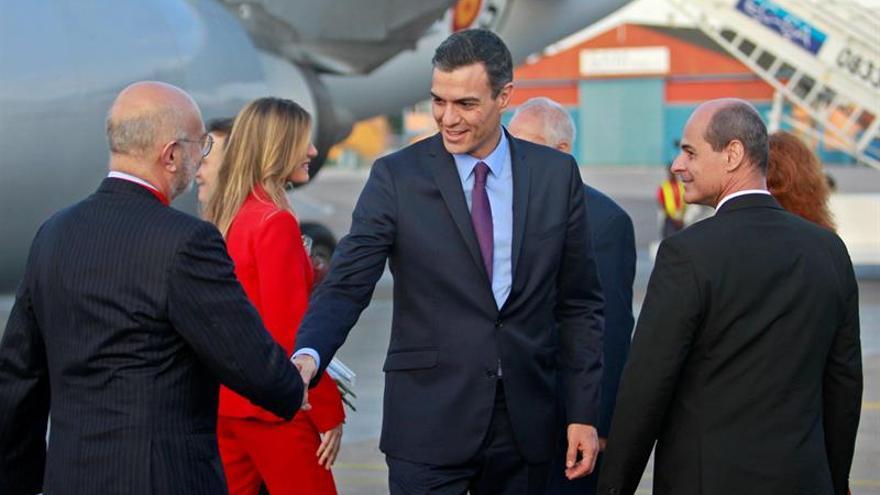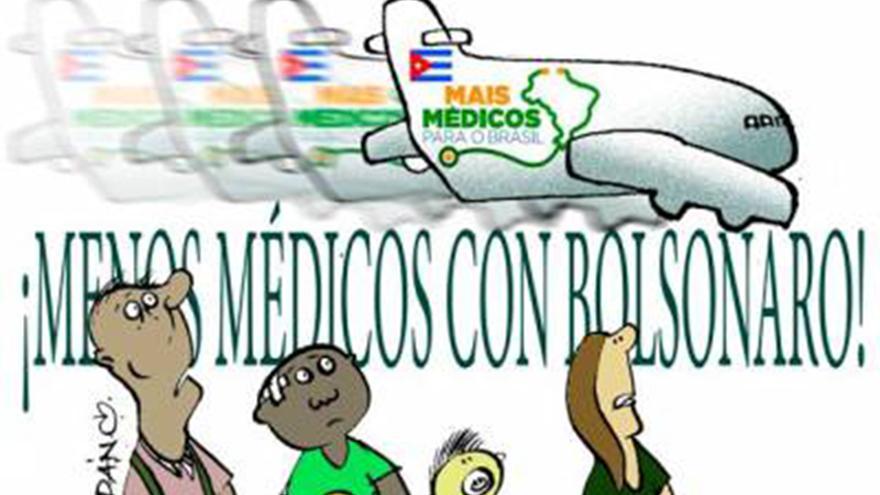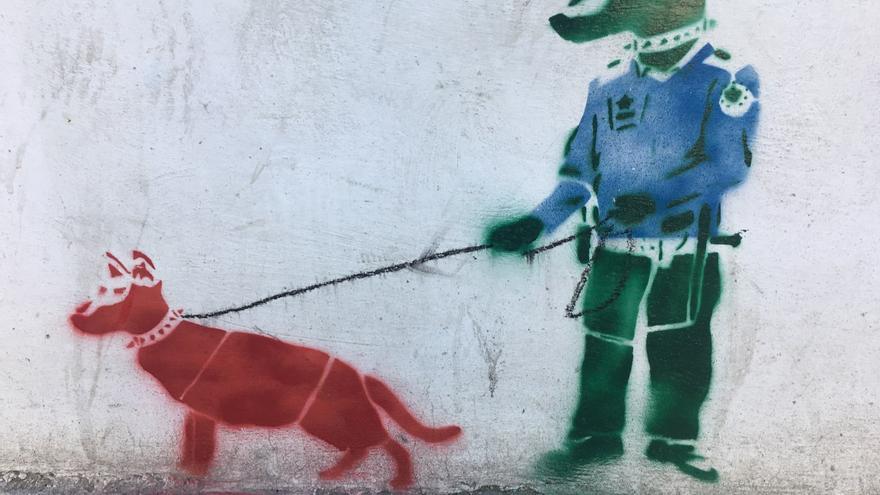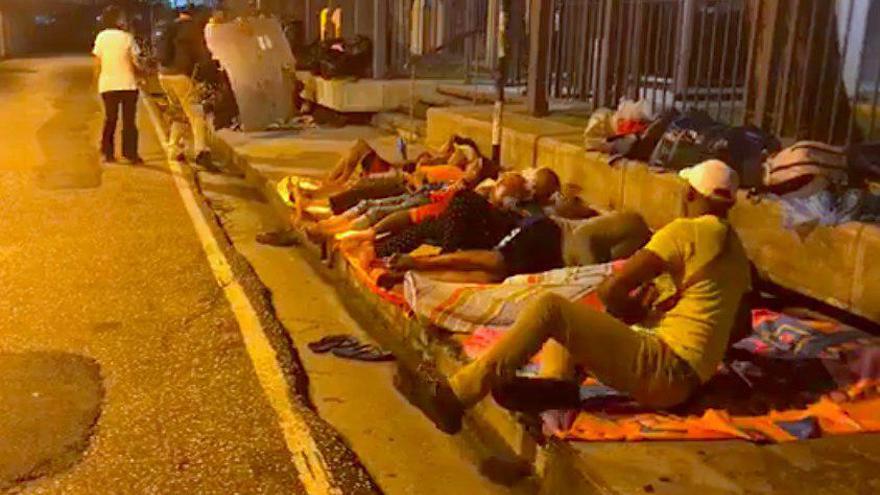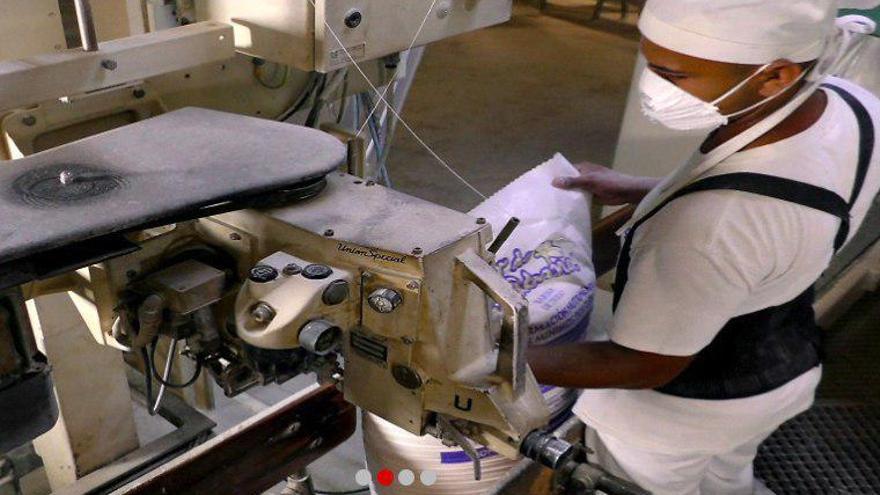The problems started in the middle of this year, when the lack of spare parts for mills and a drop in the arrival of raw material caused a shortage of wheat flour, as Jesús Rodríguez, first vice president of the Business Group of Food Industry (GEIA), told the official press at that time.
After the crisis generated by the deficit of the product in the markets for several weeks, authorities decided to import 15,000 additional tons to guarantee the preparation of bread for the rationed market and bread bound for social assistance. However, the hard currency stores remained secondary in the distribution. continue reading
Without a wholesale market to go to, the self-employed must buy from the network of retail businesses. “A few months ago we could still find a 5-kilo bag of flour but now not even the 1-kilo is available,” laments Jesús Ruiz, a vendor of sweets on Calle Infanta in Havana.
“For our business flour is the main ingredient, because pastries, cakes, and all the other sweets that we sell are made from flour,” the entrepreneur explains to 14ymedio. “When there is none, we can only remain open selling soft drinks and shakes, so we have a lot of losses, it’s as if they have taken away the oxygen that allows us to breathe as a cafe,” he points out.
Traditionally many owners of private businesses go to the black market to stock up on flour. The product arrives in the informal business network after being diverted [i.e. stolen] from bakeries on the rationed system and other state centers. However, the deficit of the past few months has sharpened the administrative controls and notably diminished the illegal sale of flour.
The shortage of the crucial ingredient “isn’t going to have a short-term solution,” according to an employee of the José Antonio Echevarría mill in Havana, one of the principal wheat processing centers in the country. The source, who preferred to remain anonymous, attributes the deficit to the “terrible situation of the infrastructure” of the industry.
“The spare parts that we were waiting for haven’t arrived, and the mill is far below its capacity, it’s only milling to satisfy the demand of the subsidiary services, like the one-pound loaf and whatever is bound for schools or work centers,” he clarifies. “From the 500 tons daily that we were expecting to be processing by this time of the year, we aren’t doing even a fifth of that.”
“But it’s not only a problem of parts, but also that the transporting of cereals via Cuba Railways and other methods isn’t functioning well,” adds the mill worker. “Sometimes the merchandise stays in our warehouses and deteriorates because they don’t come to pick it up in time.” Nevertheless, he emphasizes that the whole situation has worsened in the past few weeks because of the lack of raw material.
“There’s no money to buy wheat and even if we had a great industry with all new equipment, we can’t make miracles if there aren’t products to put through the mills,” he specifies. “Wheat flour is considered a strategic line of goods and it is like this for us, what will remain for other industries that aren’t prioritized,” he questions.
Something similar is happening at the Turcios Lima plant, also in the capital, which for the past few years hasn’t managed to regain the 130 tons of wheat that it obtained once a day. The other three mills, out of the five in the country, are located in Matanzas, Cienfuegos, and Santiago de Cuba, all of them in a deteriorated technical state.
In the portfolio of opportunities for foreign investment is included the assembly of a wheat mill for processing 300,000 tons of flour each year at a cost of $120 million, but the offer has generated little interest until now.
“Most affected are the businesses that sell Italian food,” says Ricardo Valdés, courier at a restaurant specializing in pizza and pasta in Havana’s Chinatown. “The flour reserves that we had for some emergency are running out and we don’t know if we are going to be able to remain open by the end of the year,” he tells this newspaper.
In the Milling Factory of Havana, located in the Regla municipality, the telephones haven’t stopped ringing in the last few weeks with calls from self-employed people worried about the supply of the product. The joint-venture, specializing in flours, semolina, and wheat bran, processes the majority of the merchandise that ends up on the shelves of stores that sell in convertible pesos.
In the last year packages of flour of a foreign make, originating primarily in Italy and Spain but also Mexico, have also arrived at these businesses. “We don’t have foreign flour now, either, because we ran out even though it’s more expensive than the nationally produced kind,” assures an employee of La Puntilla market, one of the best stocked in the capital.
“When we put out a few packets they run out right away because the self-employed take them,” says the employee. “We’ve had to put limits on purchases so that people don’t take 10 or 20 packets at once, but this doesn’t solve the problem.”
A few meters away, a private business offers empanadas, pizzas, and churros. “We are going to stay open until we run out of our last bag of flour but after that we will have to close,” says the owner. The self-employed man believes that a solution could be allowing people to import the product in a private manner. “But that would be asking a lot because they don’t allow us commercial import.”
The entire vast framework of businesses, small shops, points of sale, and the most sophisticated restaurants that operate on a basis of flour wait for the state to manage to revive production or permit private people to bring in the basic ingredient from other countries.
Translated by: Sheilagh Carey
___________________
The 14ymedio team is committed to serious journalism that reflects the reality of deep Cuba. Thank you for joining us on this long road. We invite you to continue supporting us, but this time by becoming a member of 14ymedio. Together we can continue to transform journalism in Cuba.
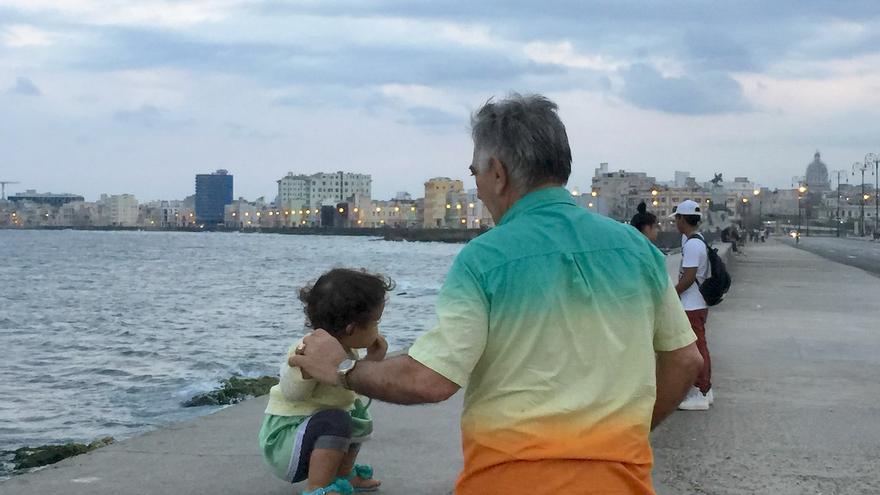
![]() 14ymedio, Marcelo Hernández, Havana, November 29, 2018 — Preparing snacks, picking up the girls after classes, and staying on top of keeping the school uniforms clean. A good part of the daily routine of Clara Rojos, 74, is focused on her two granddaughters, aged 10 and 11, who she has taken care of since their mother emigrated to Miami. From there she is trying to bring them over via a family reunification process that has taken more than five years.
14ymedio, Marcelo Hernández, Havana, November 29, 2018 — Preparing snacks, picking up the girls after classes, and staying on top of keeping the school uniforms clean. A good part of the daily routine of Clara Rojos, 74, is focused on her two granddaughters, aged 10 and 11, who she has taken care of since their mother emigrated to Miami. From there she is trying to bring them over via a family reunification process that has taken more than five years.

